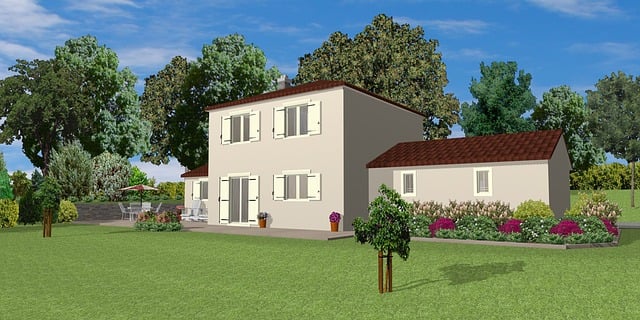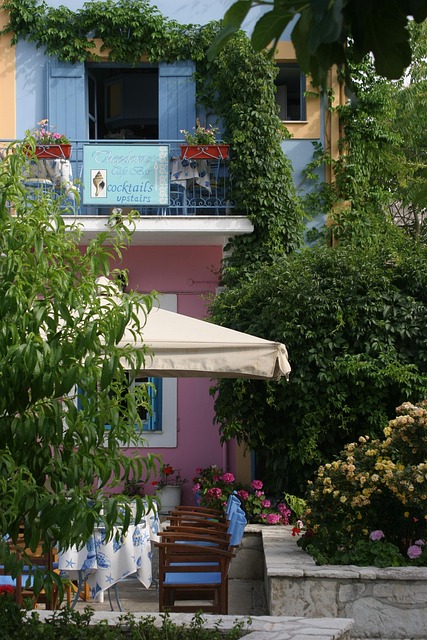In the real estate sector, addressing environmental concerns is crucial for sustainable development. Traditional construction materials have significant carbon footprints and ecological impacts. A shift towards eco-friendly alternatives like recycled steel, wood, and biodegradable plastics is necessary to minimize these effects. The industry is witnessing a notable trend towards green practices, offering long-term cost savings and improved building performance. Integrating sustainable materials and technologies reduces carbon footprints, waste, and environmental impact, appealing to developers, investors, and eco-conscious consumers.
In today’s world, the environmental impact of traditional real estate practices is becoming increasingly evident. This article explores the transformative potential of eco-friendly materials in revolutionizing the industry. We delve into the understanding of the ecological consequences of conventional materials and highlight the need for sustainable solutions. By examining alternative options and integrating green materials, we present strategies to reduce the real estate sector’s carbon footprint, fostering a more environmentally conscious future.
Understanding the Environmental Impact of Traditional Materials in Real Estate

In the realm of real estate, understanding the environmental impact of traditional materials is a crucial step towards sustainable development. Materials like concrete, steel, and glass have long been staples in construction, contributing significantly to carbon emissions and resource depletion. The process of extracting, manufacturing, and transporting these materials results in a substantial ecological footprint, from air pollution to water consumption and land degradation.
Real estate projects often involve massive amounts of these resources, making their environmental impact profound. Moreover, the long-term effects extend beyond construction, as buildings continue to consume energy for heating, cooling, and lighting throughout their lifecycle. This highlights the need for a shift towards eco-friendly alternatives that minimize these adverse impacts, ensuring a more sustainable future for both industries and the planet.
Exploring Eco-Friendly Alternatives: Sustainable Solutions for Construction and Design

In recent years, there’s been a growing push in the real estate industry to explore eco-friendly alternatives that lower environmental impact. As concerns about climate change intensify, architects and builders are increasingly incorporating sustainable materials and practices into their designs and construction projects. This shift not only benefits the environment but also offers long-term cost savings for property owners.
From recycled steel and wood to biodegradable plastics, a wide range of eco-friendly options is now available. These materials reduce carbon footprints by minimizing energy consumption during production and transportation. Furthermore, they often possess unique properties that enhance building performance, such as improved insulation or better resistance to extreme weather conditions. This dual benefit—for both the environment and the longevity of structures—makes sustainable solutions an attractive prospect for real estate developers and investors alike.
Integrating Green Materials: Strategies for a Low-Impact Real Estate Industry

The real estate industry is undergoing a green revolution as developers and builders increasingly recognize the need for sustainable practices. Integrating eco-friendly materials into construction projects is a strategic move towards a low-impact, environmentally conscious sector. One of the key benefits is reduced carbon footprints; these materials often have lower embodied energy, contributing to overall sustainability. For instance, switching from conventional concrete to recycled content concrete not only minimizes waste but also cuts down on greenhouse gas emissions.
Additionally, green materials offer enhanced durability and improved indoor air quality, which is crucial for health-conscious tenants and homeowners. As the market demands more sustainable options, real estate professionals have numerous choices, from renewable energy systems to low-VOC (Volatile Organic Compound) paints and finishes. Embracing these strategies not only aligns with environmental goals but also attracts a growing audience of eco-aware consumers, fostering a more responsible and prosperous industry.






